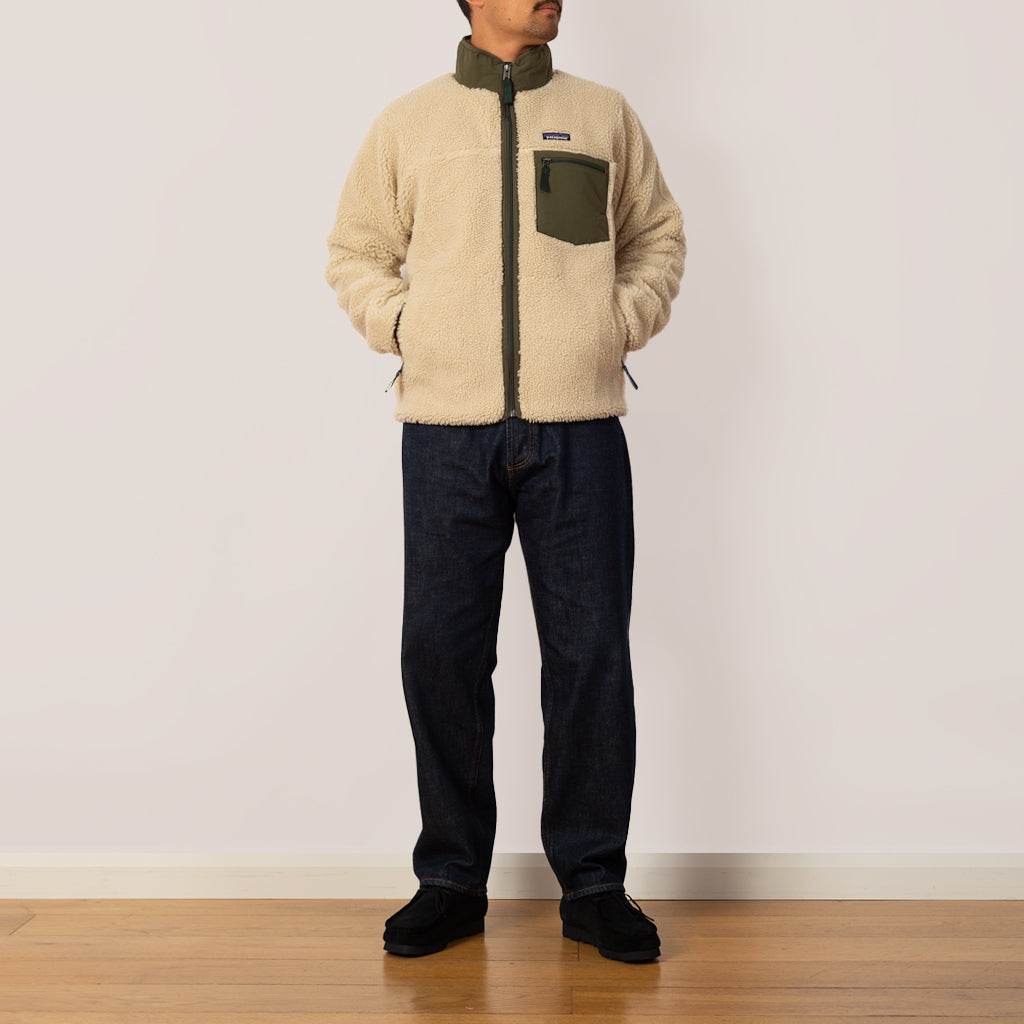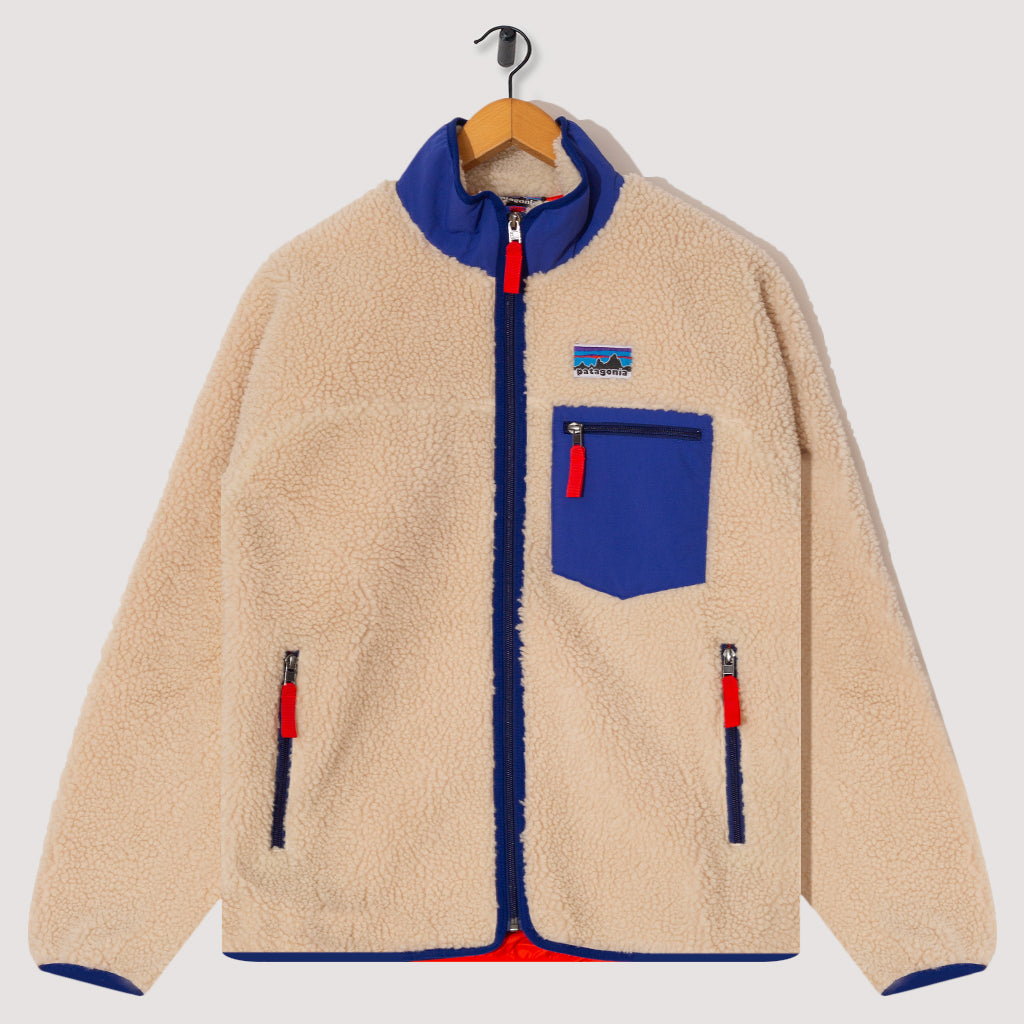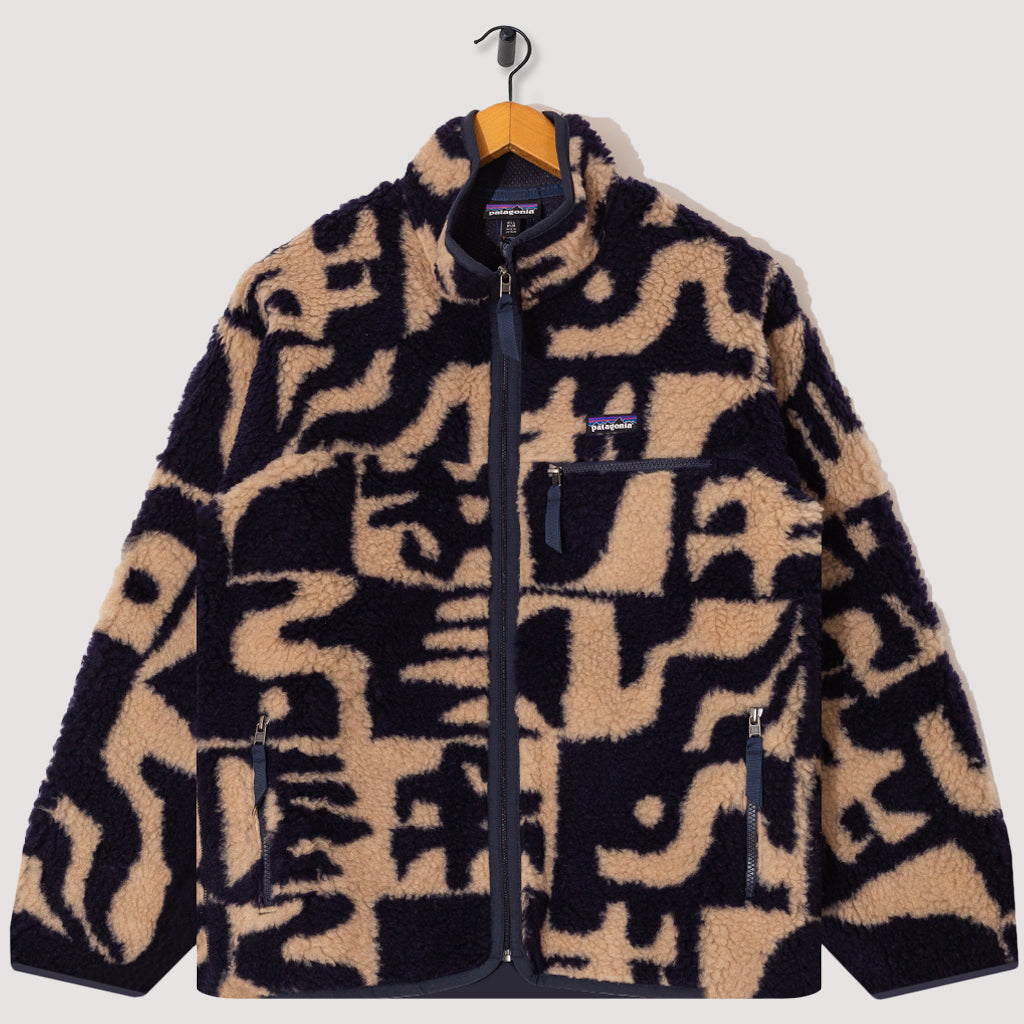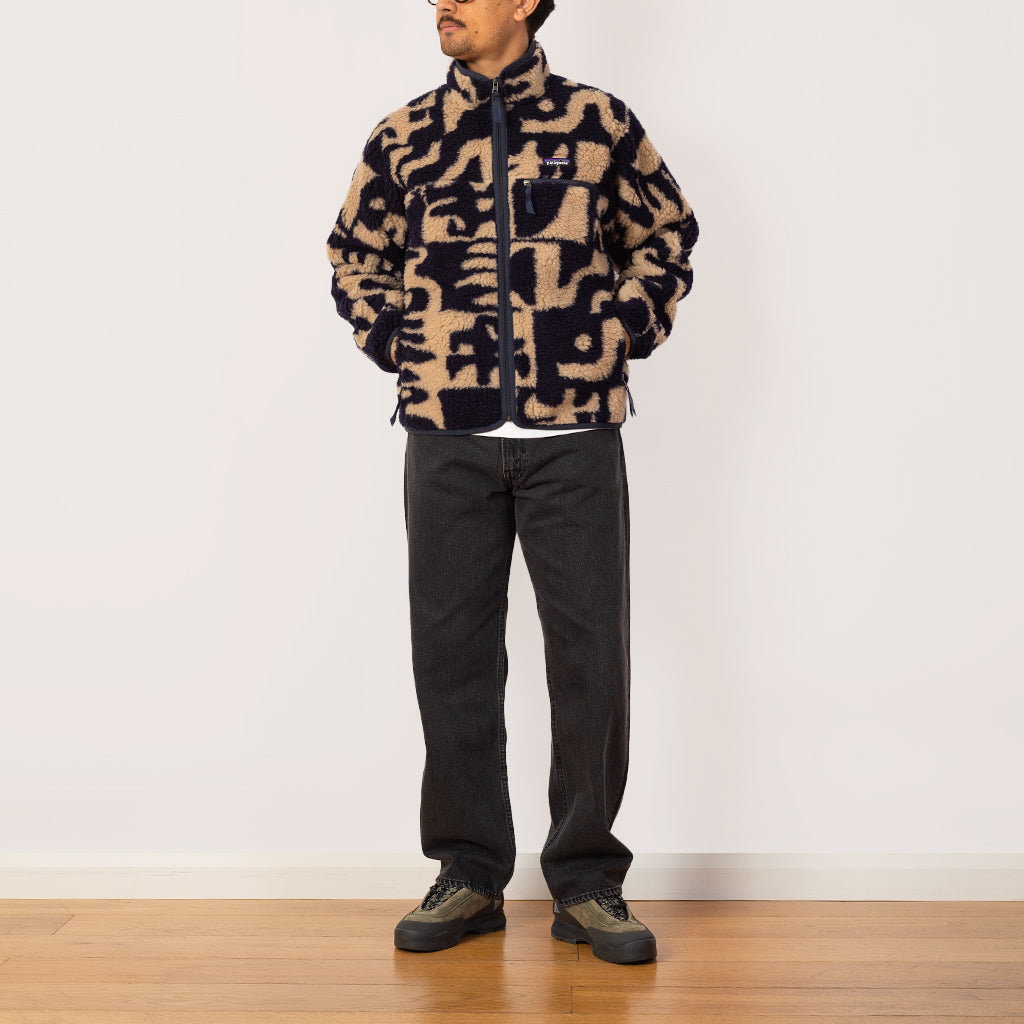The Origin Story of Patagonia’s Retro-X jacket: How an Experiment Became an Icon
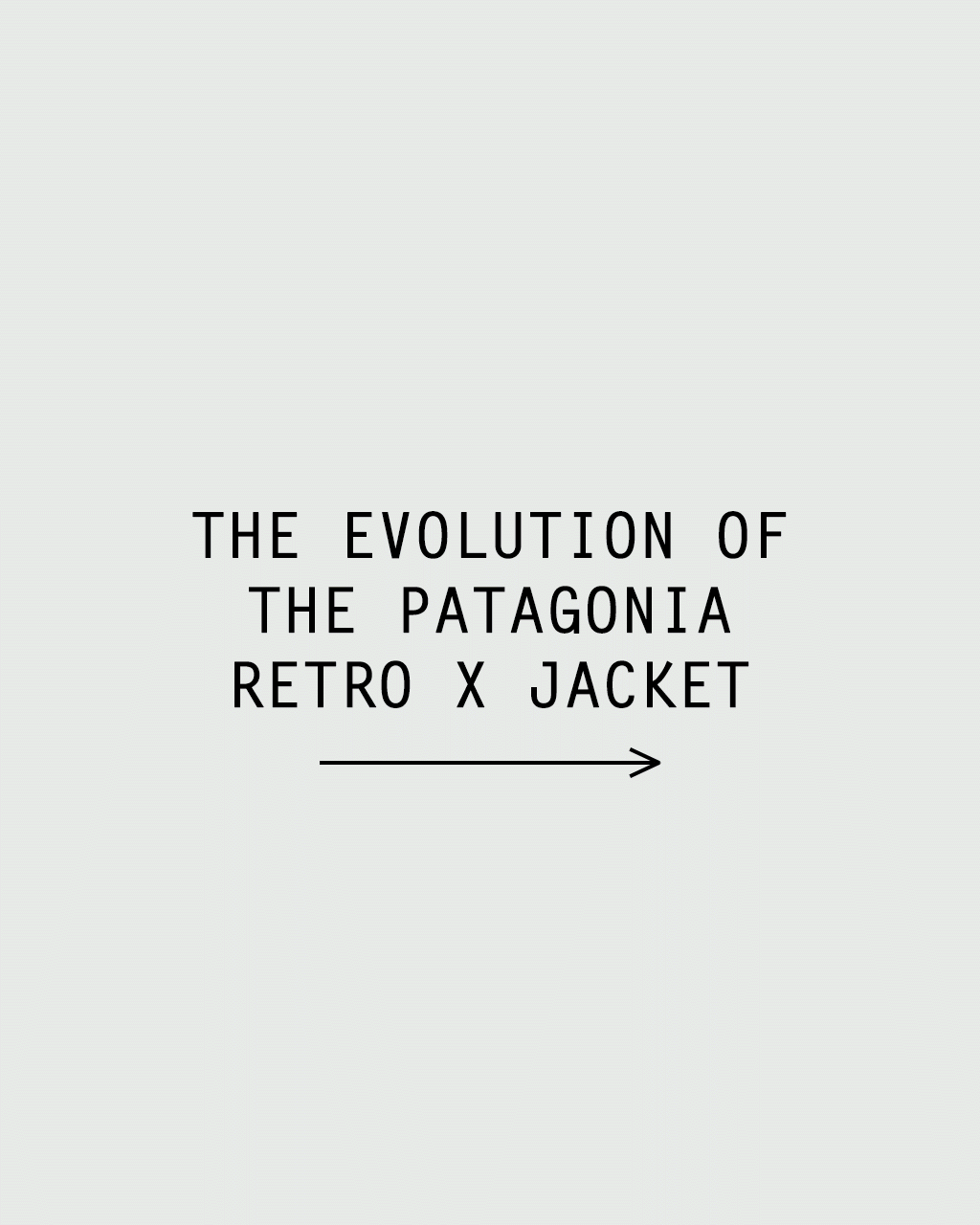
If you’ve ever pulled on a Patagonia Retro-X fleece jacket, you know the feeling, warmth without weight, timeless style, and the sense that you’re wearing a piece of outdoor history. But this iconic jacket didn’t appear overnight. Its story begins decades ago with a simple problem: wool was too heavy.

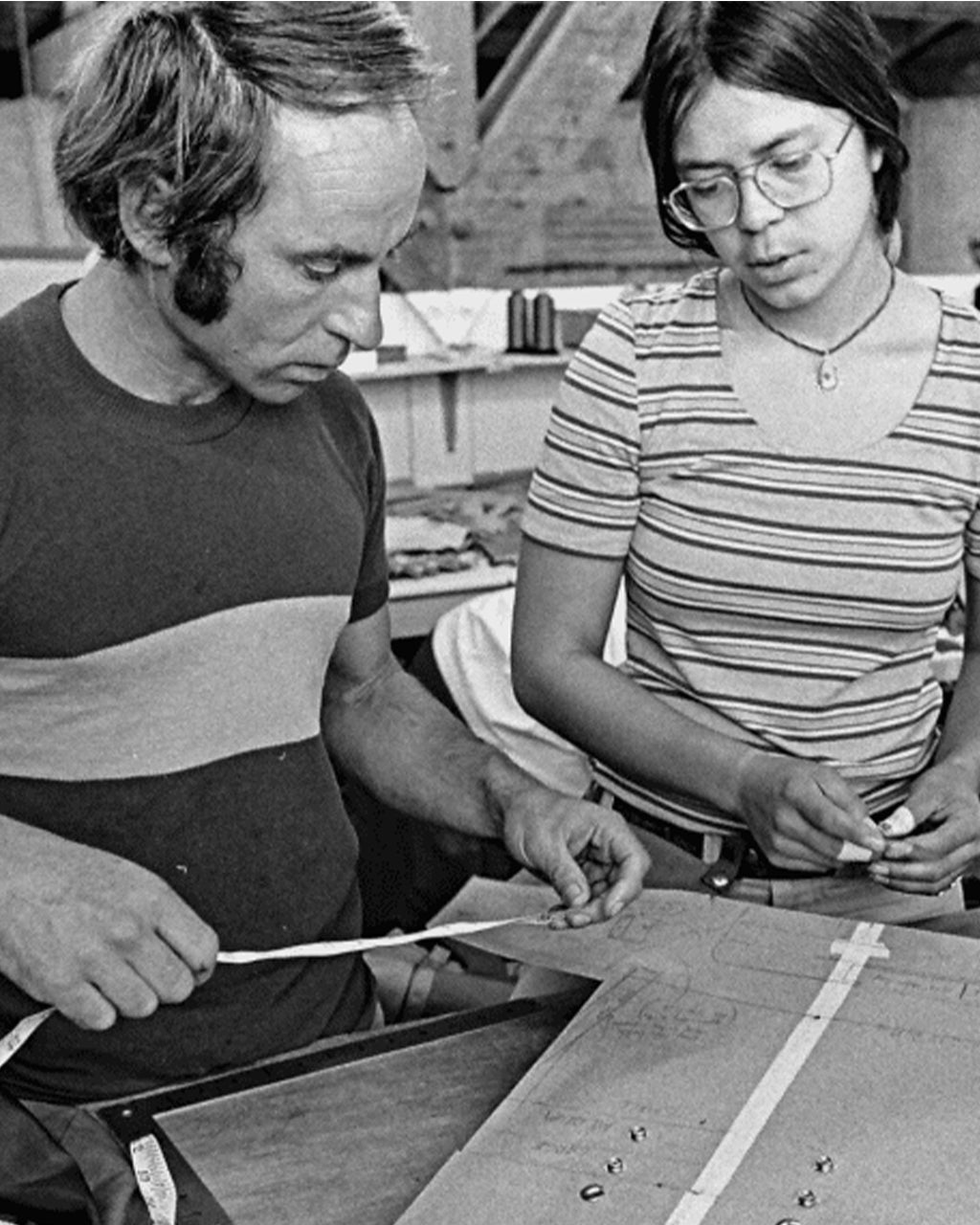


In his early climbing adventures, Yvon Chouinard, Patagonia’s founder, relied on wool for warmth. But wool soaked up water, packed poorly, and took forever to dry, not ideal for life in the mountains.
In the early 1970s, Chouinard began searching for a lighter, faster-drying alternative. He first came across an acrylic pile fabric that was warm and shed water, but it still wasn’t quite right. Then came an unlikely discovery: a roll of fuzzy polyester fabric intended for toilet seat covers.
Chouinard’s wife, Malinda Chouinard, spotted the material, recognising its potential as lightweight insulation. The team at Patagonia stitched together a prototype in 1975, a jacket with a smooth outer face and a fluffy interior. Though the fabric pilled after just one wash, the results were undeniable: it was warm, fast-drying, and lighter than wool.
To refine the fabric, Chouinard reached out to Malden Mills 1981. Together, they developed the first high-quality synthetic fleece. Three years later, in 1988, Patagonia introduced the first Retro Pile fleece jacket, flipping the concept by putting the fluffy side on the outside. The move wasn’t just about aesthetics, it improved moisture management and warmth. Patagonia’s catalog at the time explained how the inner lining wicked sweat, pushing moisture to the outer fibers where it could evaporate a revolutionary system tested in the Canadian Rockies at -50°F.

By 1993, Patagonia had taken things further with the debut of the
Retro-X - its first windproof fleece. The jacket was engineered with three layers:
¼-inch polyester pile on the outside
Silkweight Capilene® on the inside
A windproof P.E.F. barrier sandwiched between
This combination blocked cold gusts while maintaining breathability, a rare feat at the time. It became the go-to layer for climbers, hikers, and city dwellers alike.
Even the cut of the jacket, slightly shorter and cropped at the waist has a backstory. The first prototype was fitted specifically for Yvon Chouinard’s build, and the fit worked so well that it became part of the Retro-X identity.
Despite the brand’s constant innovation, the Retro-X has changed very little since the ’90s and that’s by design. While the Retro-X design stays true to its roots, its environmental impact has evolved dramatically. Every modern version is made from 100% recycled polyester in Fair Trade Certified factories.
Patagonia has also taken aim at the microplastics issue, a growing concern with synthetic fabrics. The company now engineers fleeces that shed less, encourages washing in cold water, and even collaborated with Samsung to develop a washing machine filter that captures up to 50% of microfibers.
Fifty years after its fuzzy beginnings, the Patagonia Retro-X fleece jacket remains a symbol of functional design and environmental responsibility. Born from curiosity, refined through decades of experimentation, and sustained by a commitment to quality, the Retro-X is more than just outerwear. It’s a piece of Patagonia’s DNA.
SHOP THE COLLECTION
Patagonia


